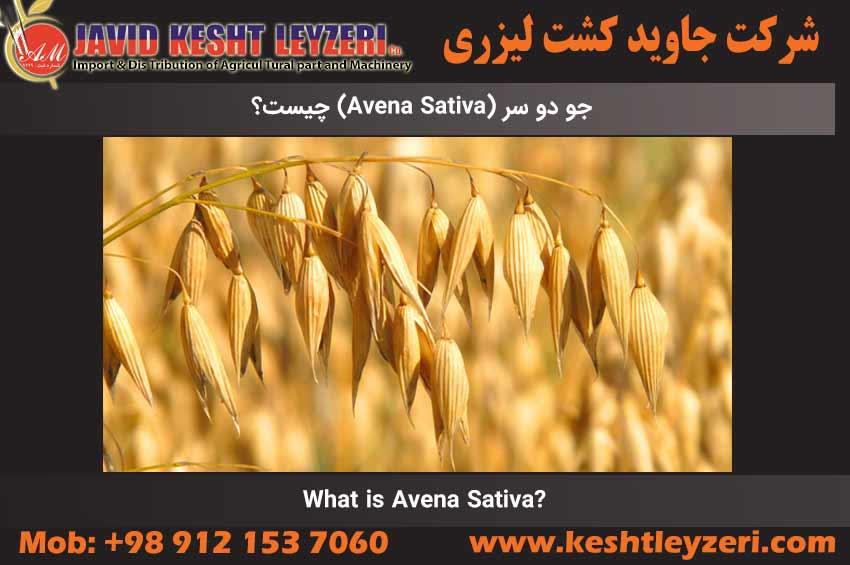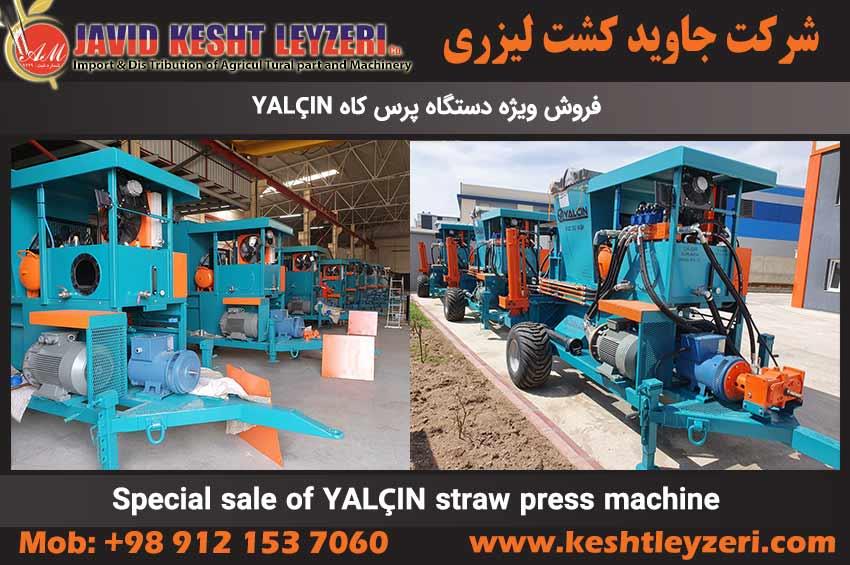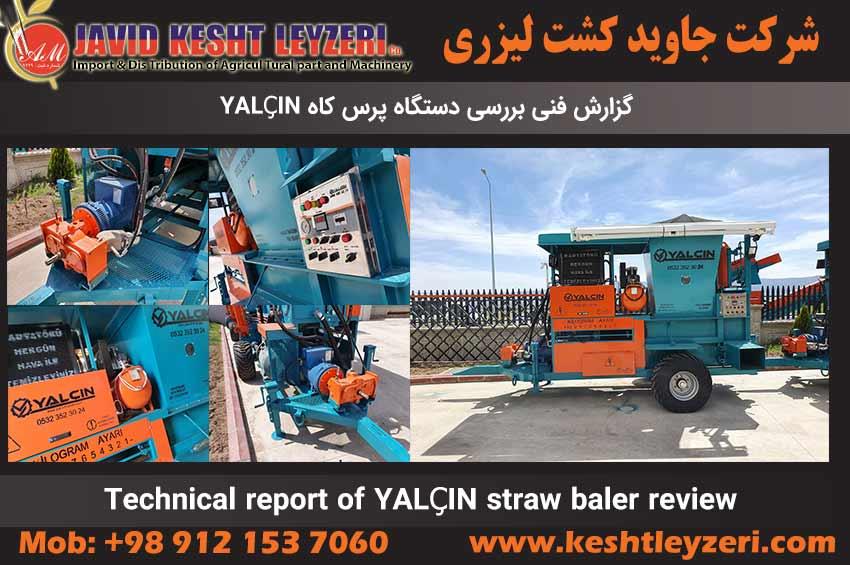
What is Avena Sativa?
javid keshtleyzeri Co.ltd
What is Avena Sativa?
What is the oat plant?
How is oat cultivation?
In the following, the above questions will be examined.
What is Avena Sativa?
Oats (Avena Sativa) is a type of plant that belongs to the wheat family. This plant is mostly cultivated as fodder for livestock, especially horses, and in Europe, rolled oats are consumed as a breakfast cereal.
Oatmeal is a self-seeding, monocotyledonous and annual plant. Its seeds are inside a shell and covered with hair. The percentage of refined oat oil is up to 18%, and this oil is edible and mostly used in cosmetic products. Oats, unlike wheat and barley, do not contain gluten and are safe for people who are sensitive to gluten. Oatmeal also lowers bad cholesterol and increases good cholesterol.
In terms of grain structure, oats are completely narrow and elongated on both sides, which is why it is called "oats". Its average seed yield is 2.5 tons per hectare, and due to the seed falling in fully ripe conditions, it is harvested in a pulpy state. Oat has the potential to produce up to 5 tons of seeds per hectare.
What is the oat plant?
Oats is an annual plant whose stem, like other cereals, is strapped and hollow and varies in height, usually between 60 and 150 cm. Some cultivars of this plant have hairs at the nodes. The power of oat tillering is less than that of wheat and barley. This plant does not have ears at the junction of the blade with the sheath of the leaves, and the root system of oats is similar to wheat and barley. Oat inflorescence has a limited growth and has a main axis and a number of secondary branches. Sub-branches are formed from nodes on the main axis and each one reaches a terminal spike. Each spikelet has two or three flowers, the bottom two are fertile and the third is sterile.
How is oat cultivation?
The exploitation of oats is also similar to other cereal crops, with spring and autumn cultivars. Most oat production in the world is obtained from autumn fields. The minimum temperature for its germination is 2-3 degrees Celsius, and autumn oat fields cultivated for direct livestock grazing are planted earlier and with higher density (140-160 kg/ha) than other autumn cereal crops.
Oats are cultivated together with barley to produce grain as animal feed. Early planting of oats prevents the risk of drought at the end of the season. The yield of oat grain is greatly reduced in dry and hot conditions.
The amount of seed used for seed production is about 90-100 kg per hectare. Oats have the ability to grow in weak and shallow soils; So that farmers in poor soils that are not able to produce wheat and barley, cultivate oats.
High-yielding varieties of oats are more dense and sensitive to dormancy, so that oats are considered the most sensitive product to dormancy. The use of nitrogen fertilizer in this plant should be done with caution, and if it is used more, it increases the susceptibility to dormancy. The suitable depth for planting oats is 2-3 cm and should not be more than 5 cm. The weight of 1000 seeds is 20-30 grams and it is a one-year plant with long days and its thermal requirements are 2000-1500 degrees. Also, the temperature of 38-40 degrees Celsius before the ripening of the seeds and during the filling of the seeds causes wind and shriveling of the seeds. Oat harvesting is done in order to harvest seeds or to use fresh fodder in the pulping stage of the seeds.
The risk of dropping after the seed is ripe is high, and oat plants do not regrow after harvest. The highest amount of dry matter is produced by high-yielding and late cultivars. Oats are harvested with a combine when the moisture content of the seed is 14.5% or less.






